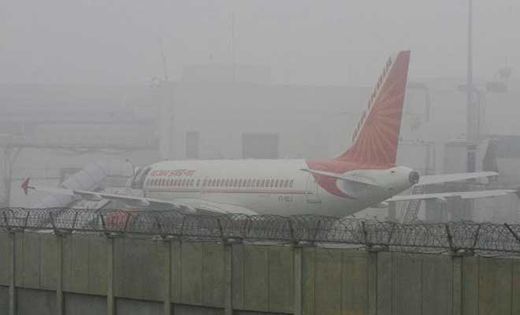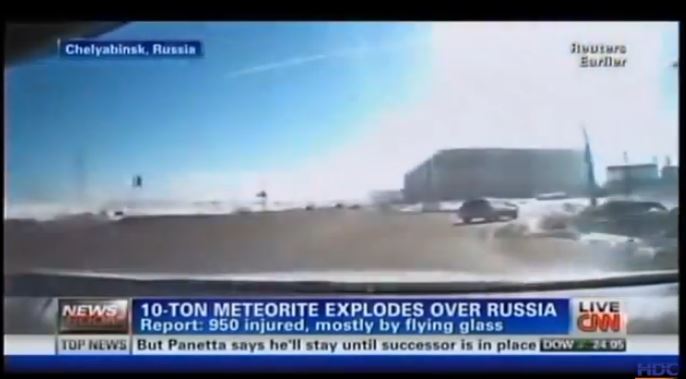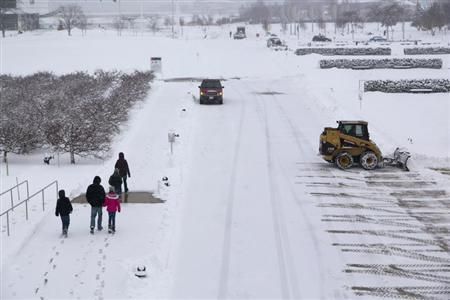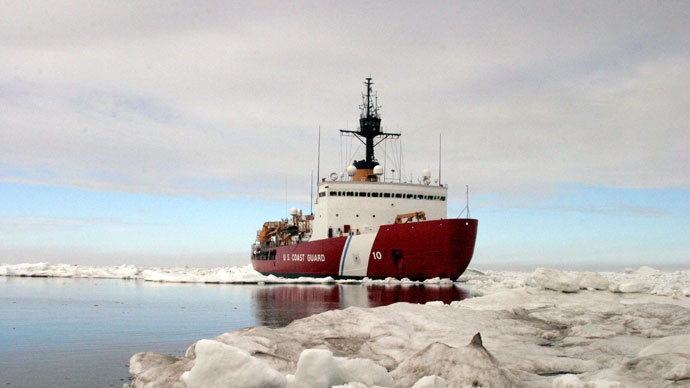It's polar bear weather today for much of the Midwest. Temperatures are in the -20sº F (-28º C) and -30sº F (-35º C) in eastern Montana, North Dakota, northeast South Dakota, Minnesota and northern Iowa. With the stiff wind, it's even worse - wind chills in the -40sº F (-40º C) and -50sº F (-45º C) are common across Minnesota and North Dakota, cold enough for exposed skin to suffer frostbite in just five minutes. By tonight, the freeze will reach the East Coast, where temperatures from Florida to Maine are expected to be 30º F to 40º F (16º C to 22º C) degrees below normal, extremes that haven't been seen in decades. The National Weather Service isn't kidding when it calls the cold "life-threatening."
Unsurprisingly, the extreme cold has brought out the climate change skeptics, who point to the freeze and the recent snowstorms and say, essentially, "nyah-nyah." Now this is where I would usually point to the fact that the occasional cold snap - even one as extreme as much of the U.S. is experiencing now - doesn't change the overall trajectory of a warming planet. Weather is what happens in the atmosphere day to day; climate is how the atmosphere behaves over long periods of time. Winters in the U.S. have been warming steadily over the past century, and even faster in recent decades, so it would take more than a few sub-zero days to cancel that out.
But not only does the cold spell not disprove climate change, it may well be that global warming could be making the occasional bout of extreme cold weather in the U.S. even more likely. Right now much of the U.S. is in the grip of a polar vortex, which is pretty much what it sounds like: a whirlwind of extremely cold, extremely dense air that forms near the poles. Usually the fast winds in the vortex - which can top 100 mph (161 k/h) - keep that cold air locked up in the Arctic. But when the winds weaken, the vortex can begin to wobble like a drunk on his fourth martini, and the Arctic air can escape and spill southward, bringing Arctic weather with it. In this case, nearly the entire polar vortex has tumbled southward, leading to record-breaking cold, as you can see in this weatherbell.com graphic:












